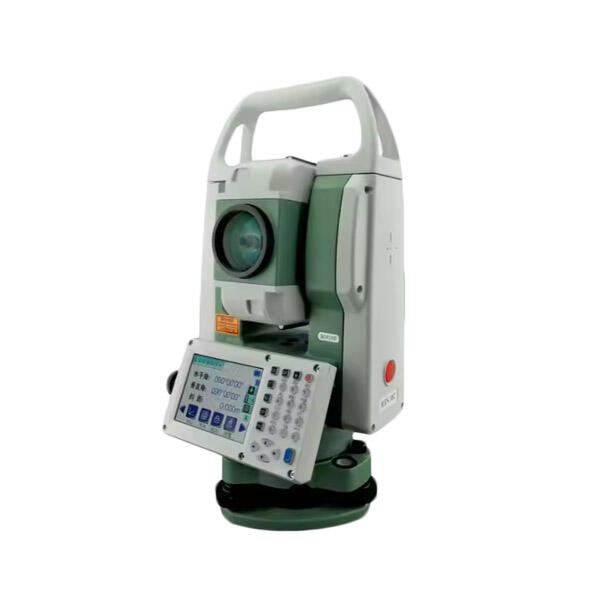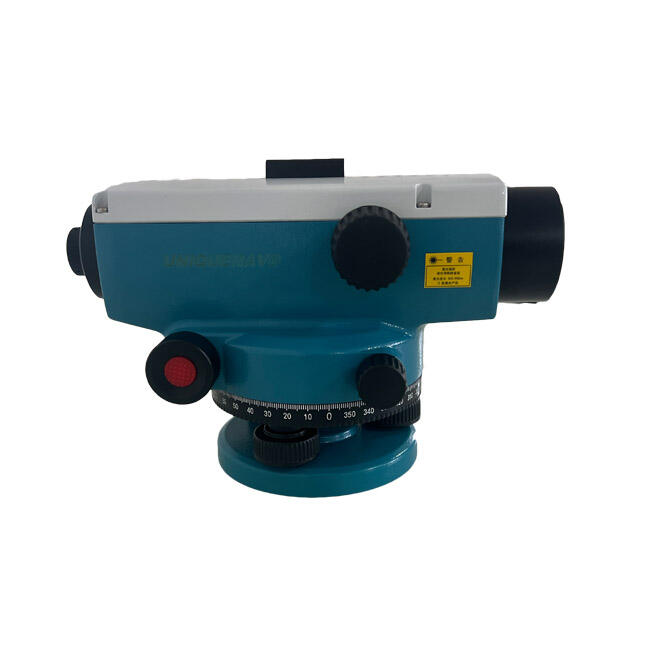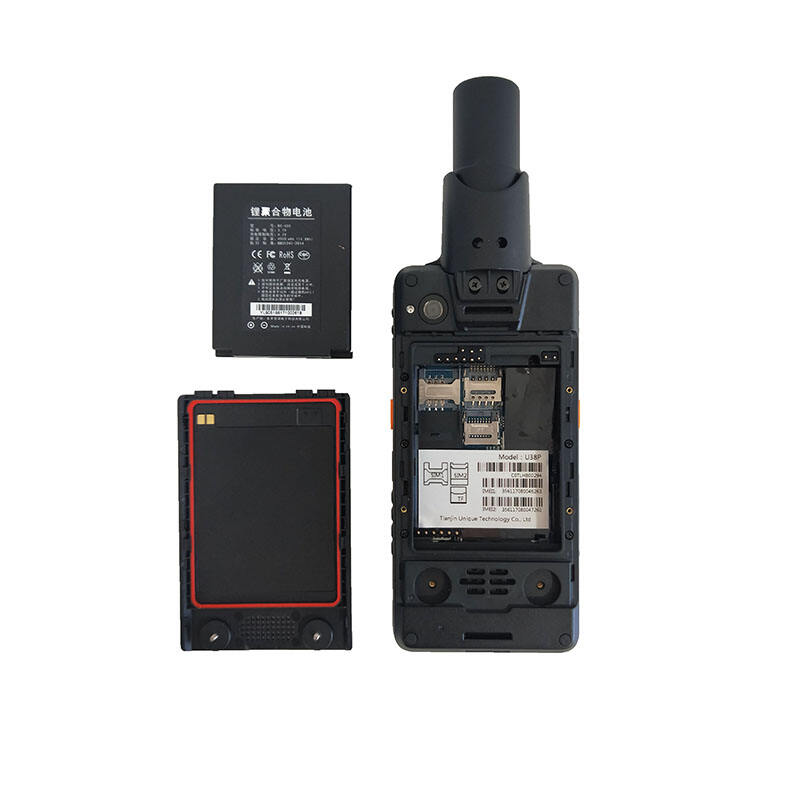rtk gps precision
RTK GPS precision represents a revolutionary advancement in satellite positioning technology, offering centimeter-level accuracy for various applications. Real-Time Kinematic (RTK) technology enhances standard GPS capabilities by utilizing a fixed base station that transmits correction data to mobile receivers in real-time. This sophisticated system operates by comparing the phase of the carrier wave signals from satellites, rather than just the signal timing, enabling unprecedented precision in position determination. The technology incorporates both GPS and GLONASS satellite constellations, along with correction signals from ground-based reference stations, to achieve accuracy levels of 1-2 centimeters horizontally and 3-5 centimeters vertically. The system processes complex algorithms to eliminate common sources of GPS errors, including atmospheric interference, satellite orbit errors, and multipath effects. Modern RTK GPS systems feature rapid initialization times, typically under 10 seconds, and maintain consistent accuracy even in challenging environments. This technology has transformed various industries, from precision agriculture and construction to surveying and autonomous vehicle navigation, providing reliable, high-precision positioning solutions for professional applications.


